 New look, more attractive. New look, more attractive. Lara Croft is world famous for her good looks and her ability to raid tombs. But every story has a beginning. This game focuses on Lara's origins and delivers an awesome story with an amazing presentation. In the beginning, it's all about survival.
1. Gameplay
My experience with the Tomb Raider franchise is extremely limited. While I own a few of the more recent titles, I have never spent more than a few minutes with Lara Croft. What I do remember is a stiff, platformer based game with some random combat thrown in. For the time it was good, but it would be extremely difficult to translate into a modern title. But this reboot of Tomb Raider is absolutely amazing and gives me serious hope for the future of this series and similar titles in the adventure genre. Players will take control of Lara Croft. Instead of the busty, experienced tomb raider of the previous games, this version of Lara is much more realistic. While the combat mechanics early in the game felt sluggish, this was greatly improved as I unlocked more abilities. Abilities are unlocked via experience points and weapons upgrades are unlocked via generic salvage, but there should be more than enough of both for players to buy almost every upgrade in the game. The climbing and zip-line mechanics were generally solid and kept me from having many real problems during the game. The only time things became slightly weird was if I was rushed by some sort of an action sequence. It could be extremely difficult to find climbing walls when in a hurry, but these instances were fairly infrequent. The multiplayer was worthless. It really is a shame that developers are forced to put time and effort into a multiplayer mode in order to increase replayability when the heart and soul of the game is in the single player campaign. It was barely worth testing out. Fortunately, the story and the mechanics of the single player campaign more than make up for it. This is definitely a great game to try. It shows an excellent and promising restart to this franchise and clearly has brought it into the next generation of titles.
The campaign lasted around 12 hours, which is a decent length for this type of game. In the end I found myself wishing that the developers had included even more content. It wasn’t that this game was lacking, but the game was good enough that I could have continued playing a few more tombs or fighting against a few more waves of enemies. There is a multiplayer mode to this game, but it doesn’t seem to be particularly popular. There are issues with balancing, which seems to deter players from spending any real time with the online content. Really, gamers should be playing this game for the single player campaign.
As I mentioned, the multiplayer has serious issues with balancing. While it was likely due to the fact that there were few people online playing the multiplayer, I found that the matchmaking system had no problem putting five level 1 players in a match with a level 60 player (the maximum level). This meant that while most of the players were still learning the ropes and trying to figure out the weapons, one of the players was running around with the best weapons. It became rather frustrating to get killed every few seconds while I was trying to figure out where I was and where the enemies were. Eventually I figured that out though, and things became somewhat more balanced. Unfortunately, some of the game modes also have balancing problems. For example, the “Rescue” game mode has one team act as survivors trying to find and capture medpacks while the other team has to prevent this. This means that the other team just has to camp out in good sniping spots and take out any survivors that get near the medpack. Once the medpack is dropped out in the open, it becomes impossible for a survivor to pick it back up. It’s nearly impossible to win a match as the survivors. As for the campaign, the game is mostly fairly straightforward. Early combat can be a pain, since the bow can feel unwieldy and slow, but this is eventually corrected once the player gains access to upgrades and other weapons. So while the first few areas could get a bit frustrating, the game corrected itself soon afterward. 2. Parental Notices
Violence is a surprisingly prevalent factor in this game. The player will have to use weapons to kill enemies, but at range most of these weapons do not result in graphic violence. Hits will result in a decent amount of blood, which is especially noticeable if the enemy is at short range. No matter how hard the player hits an enemy, there is never any gore. There are a few different types of combat-based “executions” that the player can perform. These usually involve shooting an enemy at close range or killing them with the climbing axe or an arrow. This will result in a significantly greater amount of blood. Eventually the player can add extra effects onto normal weapon damage. The most obvious, and most commonly used, of these effects are the “fire arrows”. These negate the stealth of the arrows but increases their damage. It also causes enemies and some objects within the environment to light on fire. Almost any enemy can ignite if hit with a fire arrow. Most games stop there with the blood and gore. Unfortunately, Tomb Raider has numerous sections where the amount of violence, blood, and gore increase dramatically. For example, there is one section where Lara escapes from her captors only to end up in a literal pool of blood. In these sections (similar locations are found at numerous points in the campaign), there are limbs and other body parts that can be kicked around. Skeletons, bodies, and pieces of victims can be commonly found in many environments. There will be a number of sections where the player has to participate in a quicktime event. Failure of these events can frequently result in extremely graphic sequences of violence. For example, if the player hits a metal object while sliding down a rushing river, Lara will be impaled on a huge spikey pole. In a few of the scenes, the player will get in a struggle over a weapon with an enemy. If the player fails the struggle, Lara will be shot in the head. If the player succeeds the encounter, Lara will shoot the enemy in the head. Either way, it is an extremely bloody and graphic encounter.
Sexuality is not a factor in this game with one minor exception. There was one controversy involving a scene that included sexual assault. This is discussed in great detail in the “Miscellaneous” section below.
Substances are very rare in the game. The player can collect plants for experience points in the game, but how Lara uses these plants is never shown. There are other depictions of medical supplies (such as in the multiplayer “Rescue” mode). There is one relic that included some sort of medicinal herbs, but it cannot be used. It is only a collectible.
Gambling is not a factor in this game. 3. Other Factors
There are no modding tools available for this game.
Religion is a constant device used to explain the events of the games and the motivations of the antagonists. While the game doesn’t give a single specific religion, everything revolves around a somewhat generic “sun goddess” and her actions on this island. She was worshipped by the original inhabitants of the island and, as a result, there are many statues and other works of art dedicated to her story and her likeness. The player will see a number of rituals take place over the course of the game. The most obvious of these is some sort of “vessel test”, used to determine whether Lara’s friend Sam is worthy of carrying the sun goddess. This involves tying Sam to a tree trunk on an altar and then lighting her on fire. If the water from the cave puts the fire out, she is a worthy vessel. There are numerous other religious symbols and shrines that can be found in the game as part of the environment. Many of these will feature dead bodies or skeletons in various poses. It definitely paints a grim picture of this religion.
Anti-law is not a factor in this game.
The online community for this game is extremely small. The multiplayer has dramatically decreased in popularity over the past two months to the point where the PC version is nearly devoid of players at some times during the day. This unfortunately means that those few who have put a lot of hours into the gameplay are very high level, know all of the maps, and know how to take advantage of new players. They aren’t unsporting, but they can use the game’s balancing issues to quickly and easily mow down those who have less experience. I found my time online to be much more frustrating than fun. There were only four game modes on a small handful of maps. The only game modes that make any real sense are the standard “deathmatch” and “team deathmatch” modes that are found in almost every multiplayer game ever created. The other modes are poorly balanced and result in an extremely unfair advantage to one team regardless of the level of the players. This is the kind of game that was designed for the single player. The multiplayer feels like a tacked-on extra that wasn’t properly thought out. There isn’t anything original about it. Even the unique game mechanics like the climbing and the zip lines, which are some of the highlights of the campaign, are included as an afterthought in most of the levels. There isn’t enough time to climb up the walls while you’re being shot at from all sides by enemies. And then there are the super weapons hidden in the map. Don’t get me started on those. I have had worse experiences with multiplayer modes and what little community was there was civil. But it wasn’t the kind of thing that will make me want to go back.
Extreme sports is going to be a constant factor in this game. Lara will perform numerous insane stunts that would almost certainly never work in real life. This includes catching herself by driving a climbing pick into a rough surface while falling. Or jumping from a burning building to a helicopter. Or climbing poorly designed metal surfaces while hundreds of feet above the air. Or somehow using a round parachute to travel through a forest. Or using the climbing pick as a device to zip line down ropes. Or climbing back up said ropes. These types of events are all extremely common.
Magic is not a factor in this game until very late. Most of the time there will be references to magical religious acts conducted by or with the approval of an unspecified “sun goddess”. However, none of these acts are seen until the very end of the game. Around the middle of the game the artwork in some of the tombs and a few of the characters begin to describe a sun goddess who was trapped in the body of a mortal a long, long time ago. The legend says that the sun goddess needs to have a new host so that she can rule on Earth (or something to that effect). The way that Lara and the other survivors treats the mythology and lore is that they are simply stories with some scientific basis in truth. But then, seemingly out of nowhere, it turns out that the stories are completely true. The sun goddess is trapped in the body of a somewhat dead Japanese girl, she needs to be transferred to another body, and in the meantime she’s using the weather to trap everyone on the island. This culminates in the player eventually seeing the sun goddess visibly transferring from the Japanese girl to Lara’s friend. The samurai warriors, sworn to protect the sun goddess, are also kept alive via some sort of unspecified magic. These warriors are clearly hundreds of years old, but still walking around and fighting as if they were in their prime.
Sexual Assault The allegations of sexual assault and rape as content within this game were very serious. I took the time to explore all of the articles I could find and replay the scene in question with multiple options so as to cover every possible scenario. Here is what happens: Early in the game, Lara is captured by the enemy and tied up. They’re insane and want her dead, which isn’t an unusual scenario in video games. However, as is the case with any game where the captured protagonist is a young, attractive female (the list of these is short), one of her captors does say “you remind me of my sister” in a very creepy way. Except, he says it in Russian, so unless the player has translated subtitles or a working knowledge of the Russian language, it will go completely over their head (as it did mine). The captors go to deal with other survivors and Lara manages to sneak away. In the process of hiding, the creepy captor finds her and pulls her out of her hiding spot. There is then a quicktime-event based cutscene where the captor makes advances towards her and she has to attack him to keep him off of her. This includes a scene where the captor tries to kiss an obviously angry Lara on the neck, which results in her biting his ear off. The only part where I was concerned that rape could actually come into play is if the player loses the quicktime events. However, if this happens, the captor simply chokes Lara to death or shoots her in the head. The game then forces the player to replay the scenario until the player gets it right. There is no sex, no nudity and definitely no rape. Suicide
There is a scene late in the game where the player discovers a samurai general who committed suicide via a method called seppuku. Only his mummified body is left.
0 Comments
Leave a Reply. |
Like what we do? Want to see more? Donate to the site using the button below!
Not sure what a term means? Read the definitions!
Not sure what a review section is about? Find out more information!
|
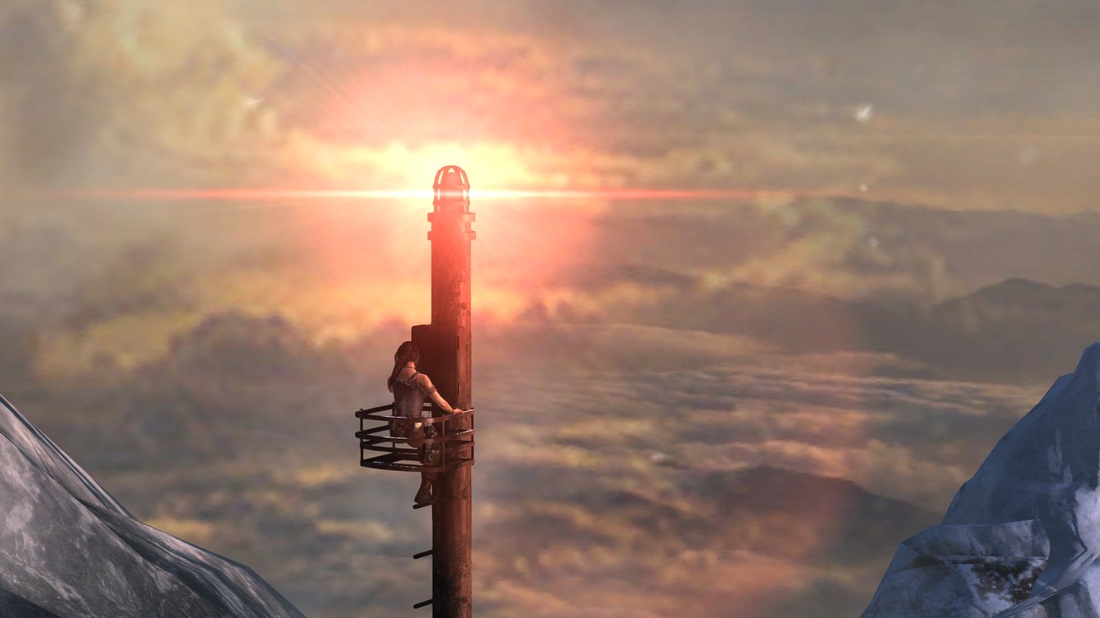
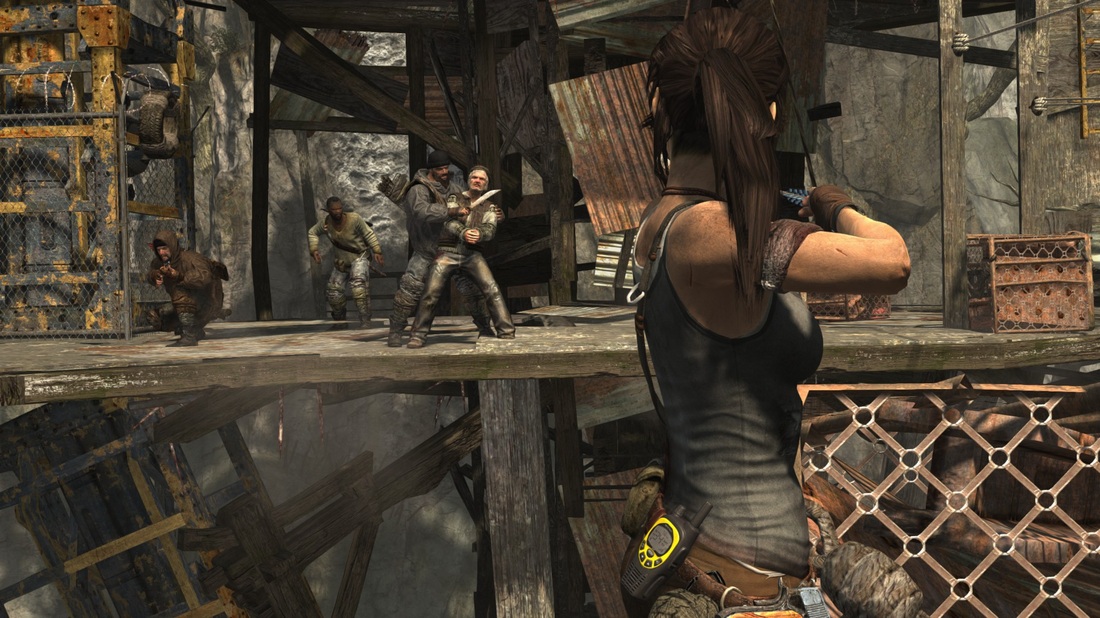

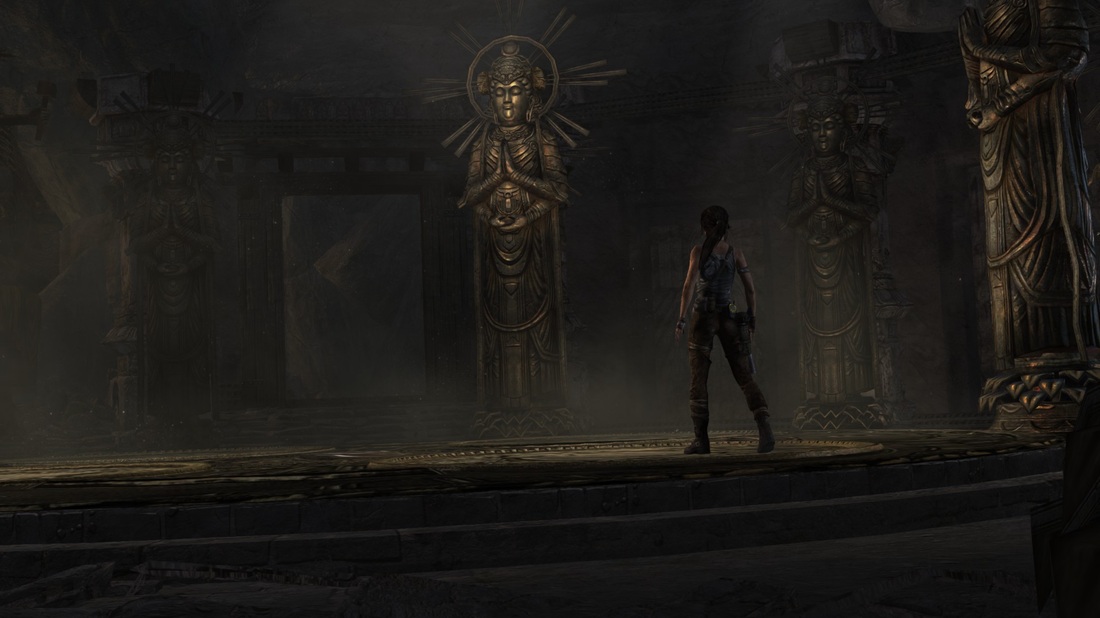


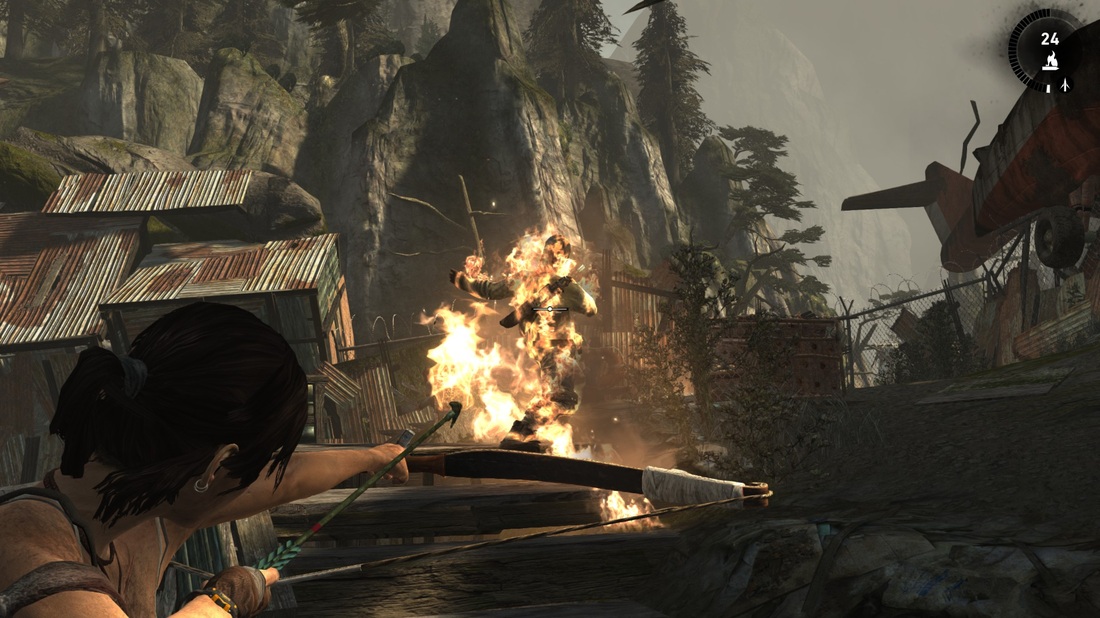

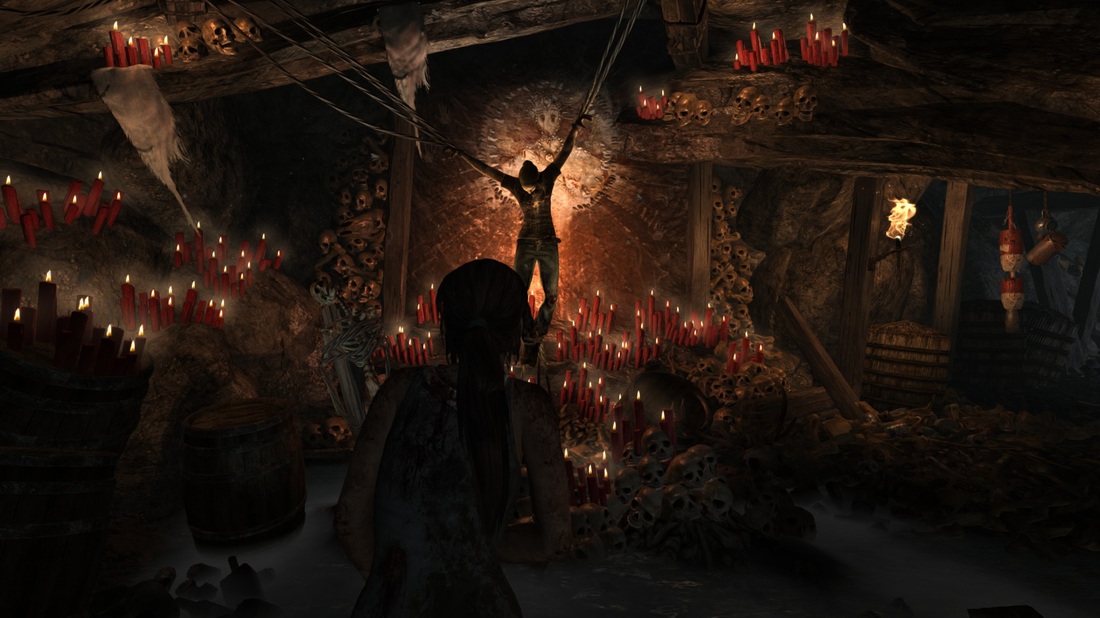




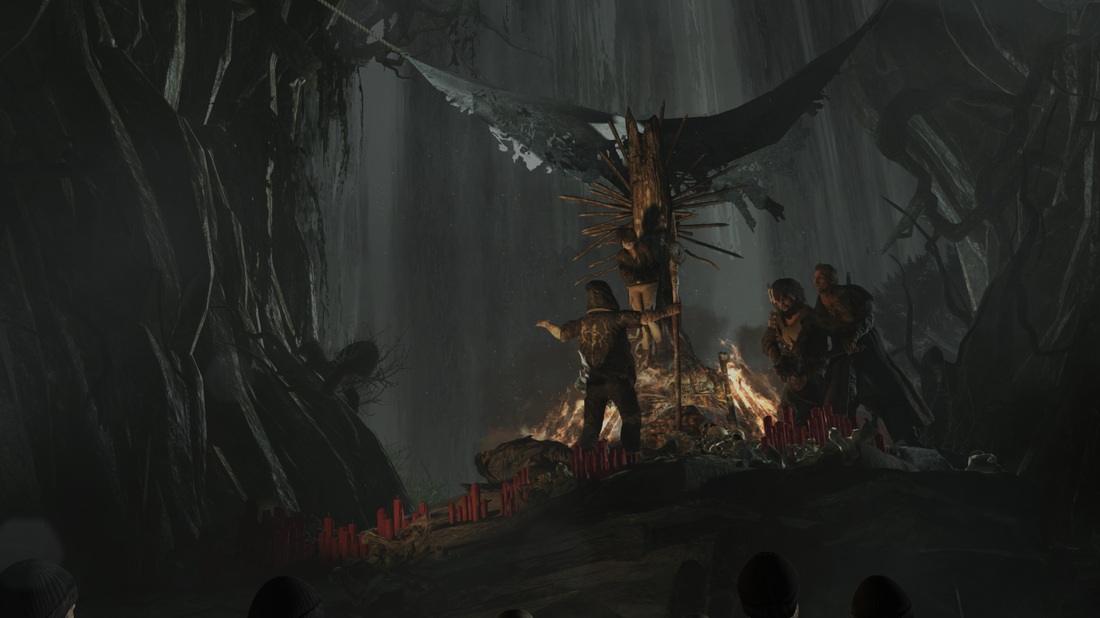
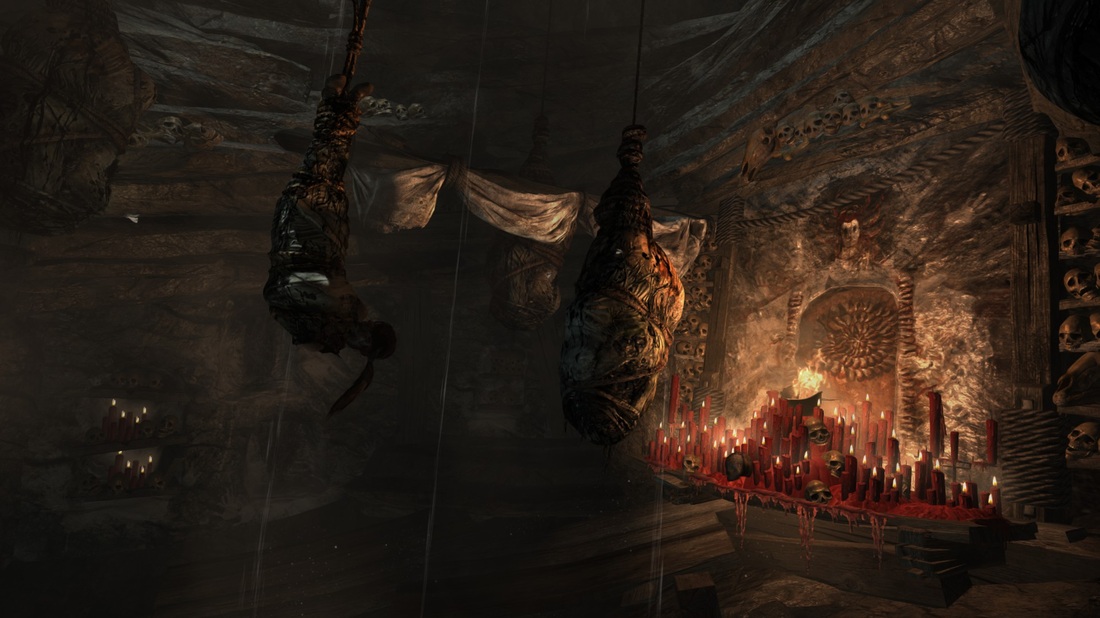



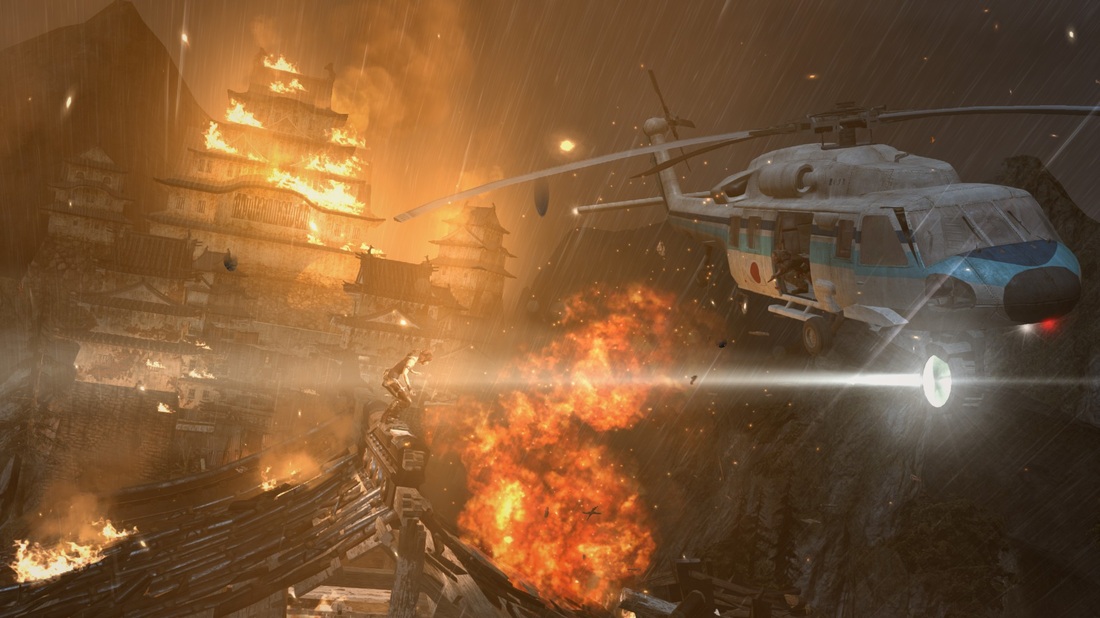
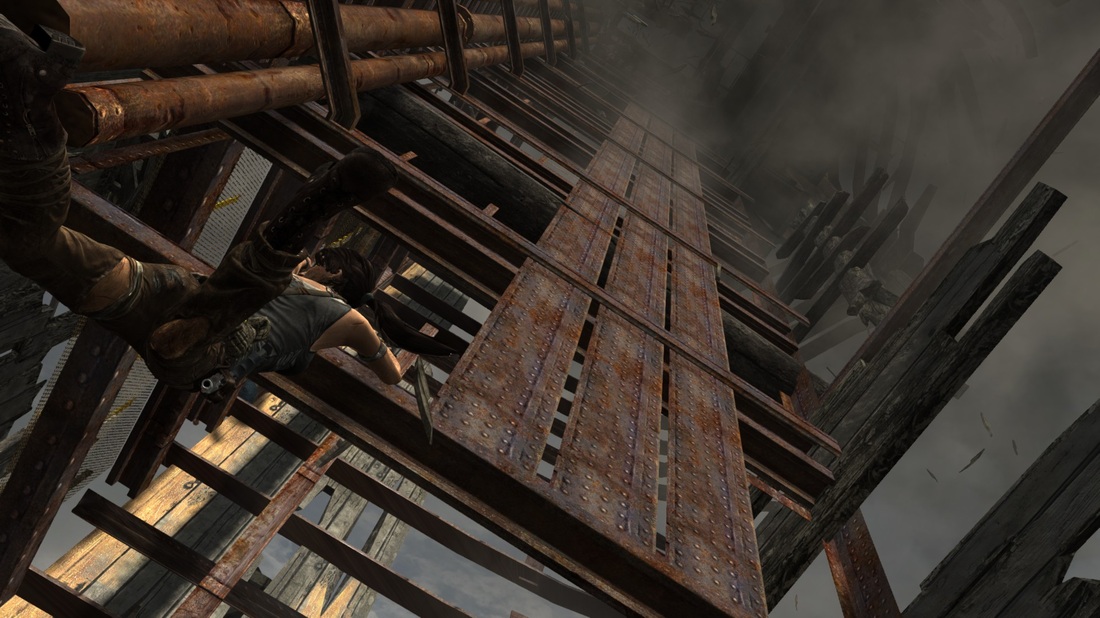




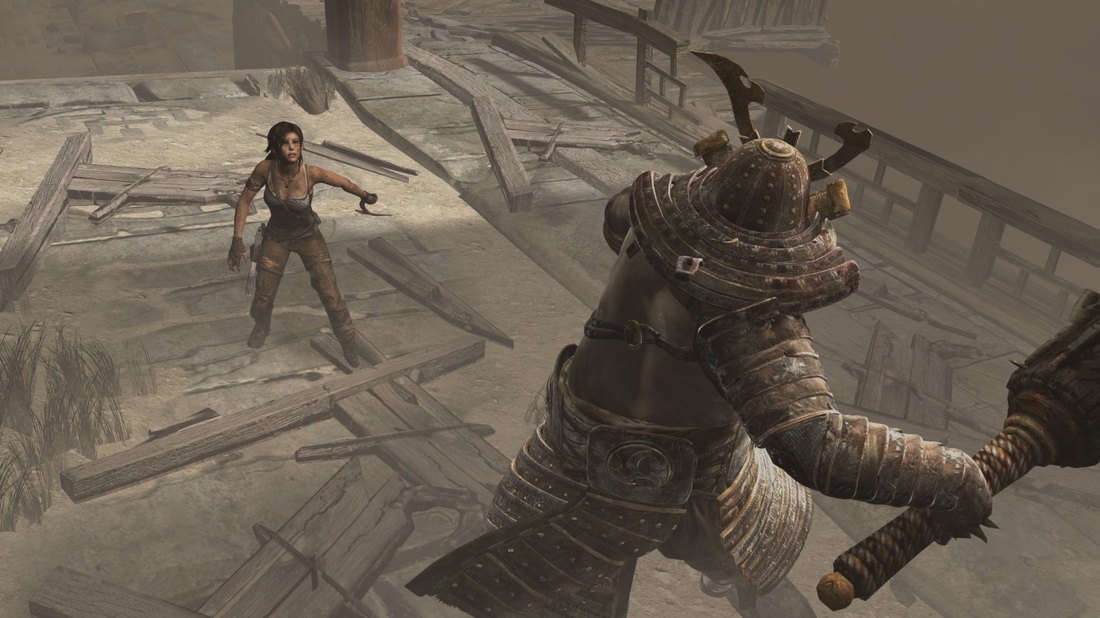
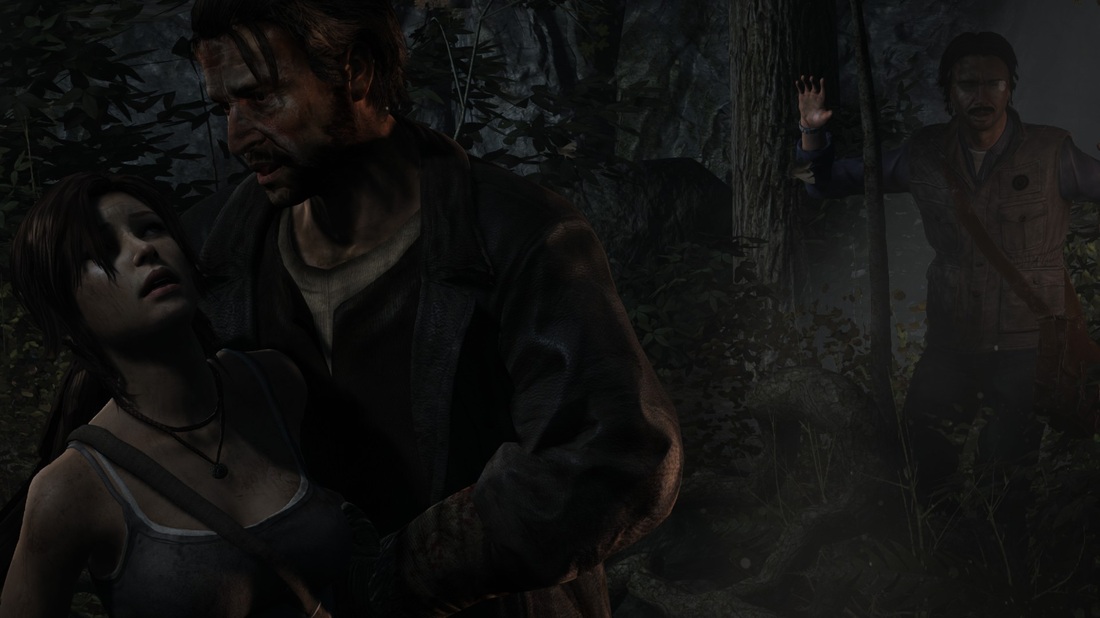
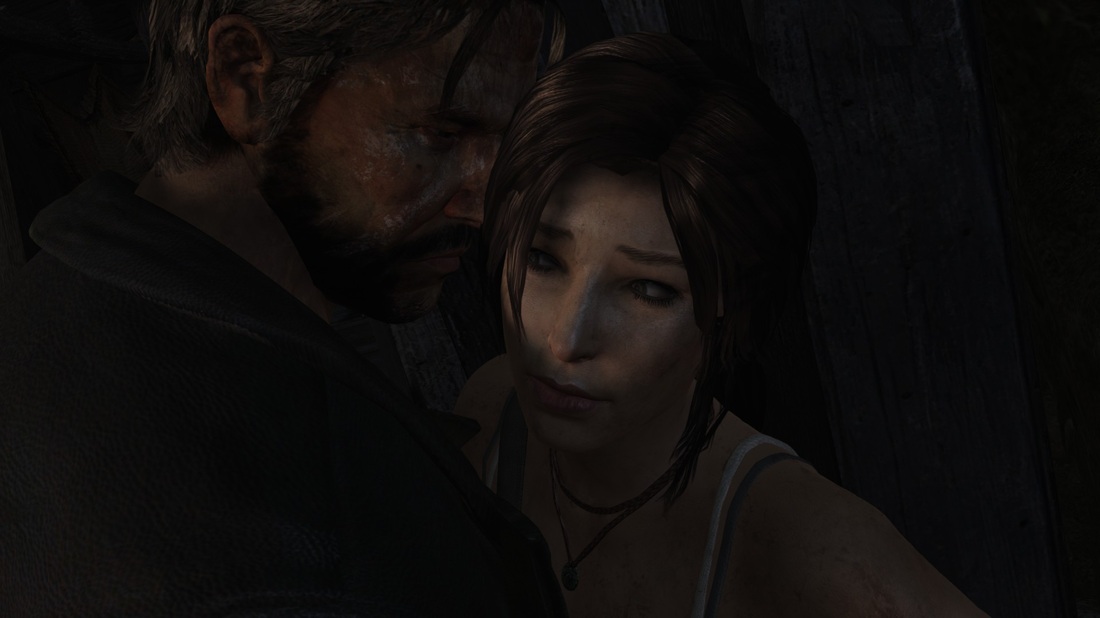


 RSS Feed
RSS Feed